








The magazine of the photo-essay

March 2017 back issue

by Daniel Alexander


“A free, really high quality photo-essay magazine. Fabulous!”
Stephen Fry. British actor, writer and film & documentary maker
The book When War Is Over is the outcome of a 6 year project exploring the on-
going commemoration of WWI and WWII Commonwealth War Dead. The focus
of the project is on the scale of the commemoration - 1.6 million people
commemorated individually and by name, in cemeteries and on memorials in
over 150 countries.
One hundred years on from the start of WWI and approaching the hundred year
anniversary of the establishment of the Imperial War Graves Commission and
the cemeteries and memorials appear pristine, like new, showing none of the
signs of time passing that the church or public graveyard displays. The
Commission’s aim to remember the names of the dead in perpetuity has created
an international industry of administrators, quarrymen, stone cutters and
gardeners who respond to queries from relatives, update records, tend to the
landscape and repair or replace worn and damaged headstones. Currently
22,000 headstones are replaced each year with 80 - 90 stones being engraved
each day.
This maintenance takes place in countries around the world; in some, cemeteries
have been damaged or destroyed as the result of subsequent wars, in these cases the Commission waits till it can gain
access and then repairs and rebuilds. In 2009 the Commission designed and built a new cemetery for 250 WWI soldiers
whose bodies were discovered in a mass grave in Northern France. DNA testing and artifactual evidence has enabled
the identification of 155 of these bodies, whose graves now have a named headstone, and an epitaph written by
relatives several generations removed from the individual buried.
Within this memorialisation the headstones and memorial panels themselves have a life span, travelling from the quarry,
to cutting machine, to cemetery or memorial wall, then to skip; replaced by a fresh stone, starting the cycle again. This
ongoing maintenance of the cemeteries and memorials has created a form of living memorial, continually regenerating.
The project offers a contemporary take on this act of commemoration, placing it in the context of the on-going warfare
that the architects of these cemeteries and memorials thought they might warn against, and explores the tension
inherent in this attempt to commemorate the individual through the uniform treatment of the many. The book is
designed to emphasise this shift in scale from the mass to the individual, through the use of gatefolds and inserts that
change the scale at which the viewer encounters different images. The book ends with a series of aerial satellite
images of the cemeteries, many in countries currently the site of conflict.
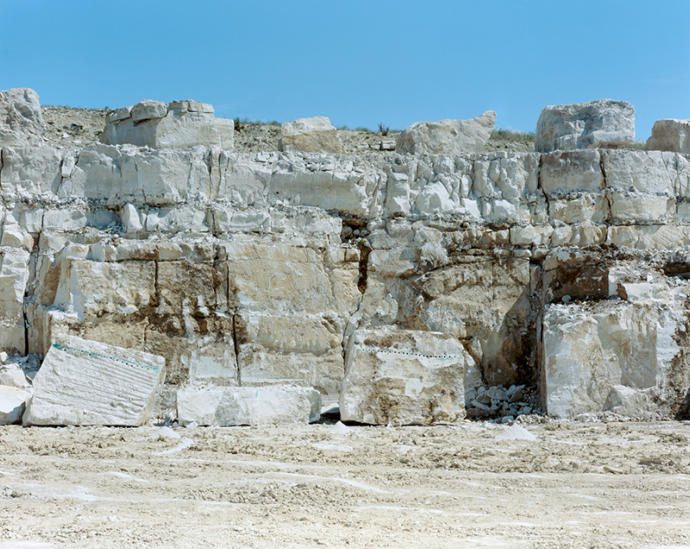
Portland Quarry Face: Portland England, 2009.
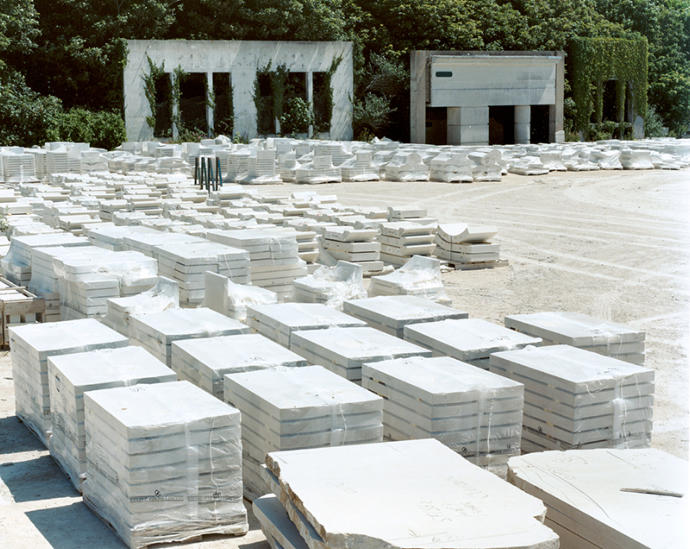
CWGC Headstones packaged for transportation to the engraving workshop in Arras, then Fromelles (Pheasant Wood)
Military Cemetery: Portland England, 2009.
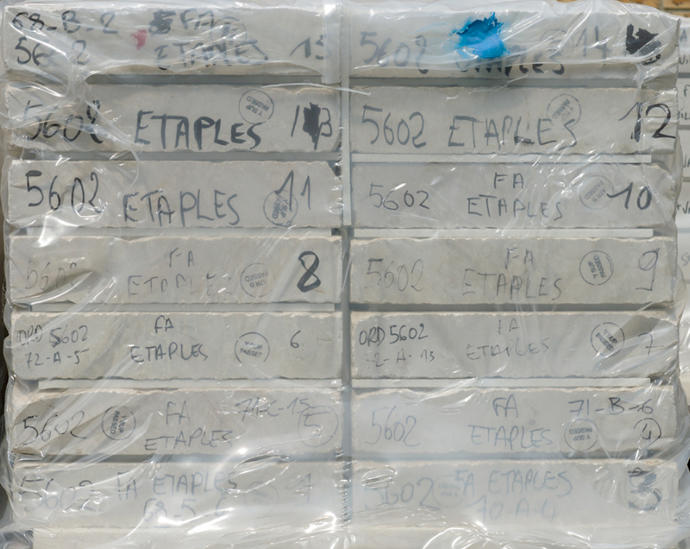
Engraved headstones packaged for transportation to Etaples Military Cemetery: Arras, France, 2013.
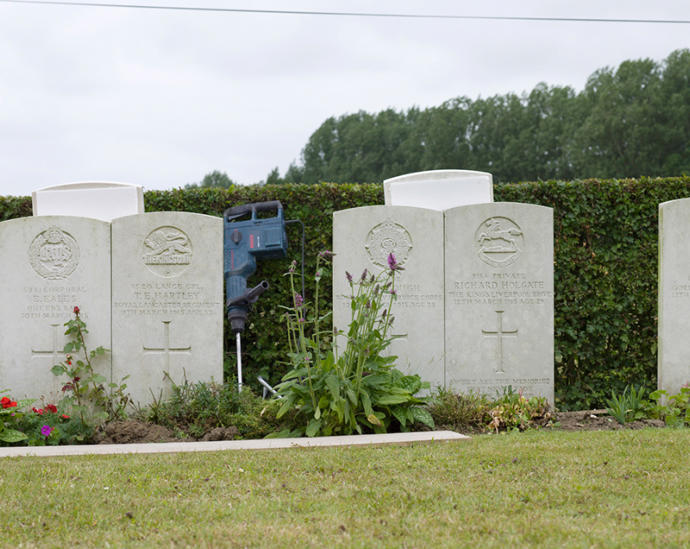
Headstones Replacement: Longuenesse (St. Omer) Souvenir Cemetery, France, 2013.
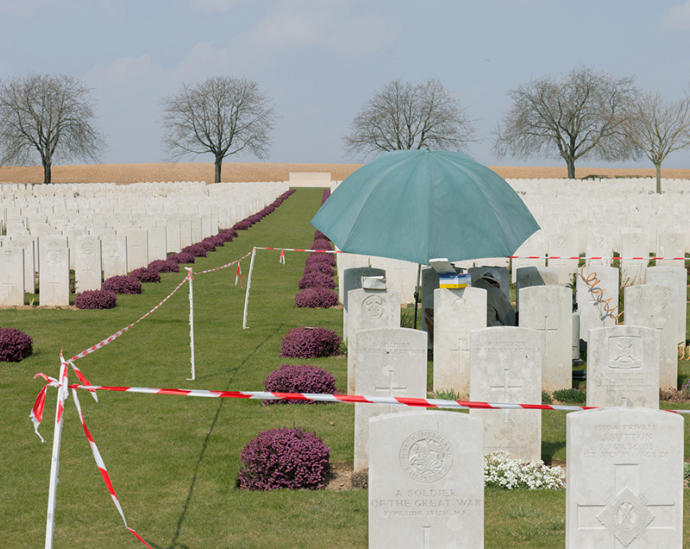
Headstone re-engraving: Ovillers Military Cemetery: France, 2013.
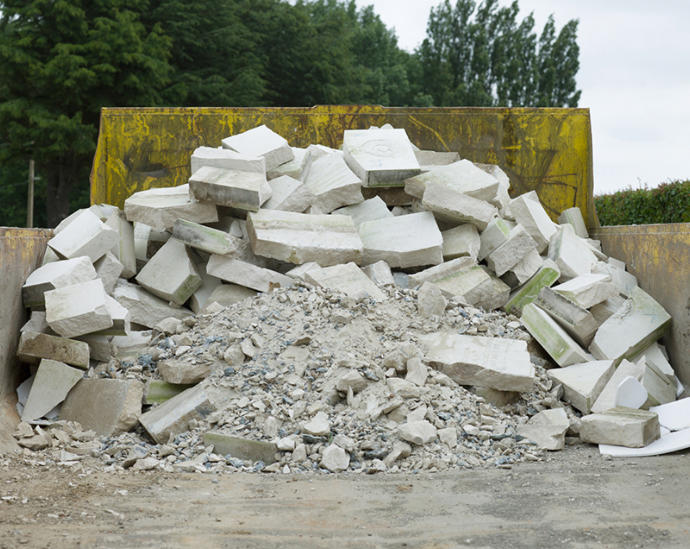
Headstones broken up after being replaced: Longuenesse (St. Omer) Souvenir Cemetery, France, 2013.
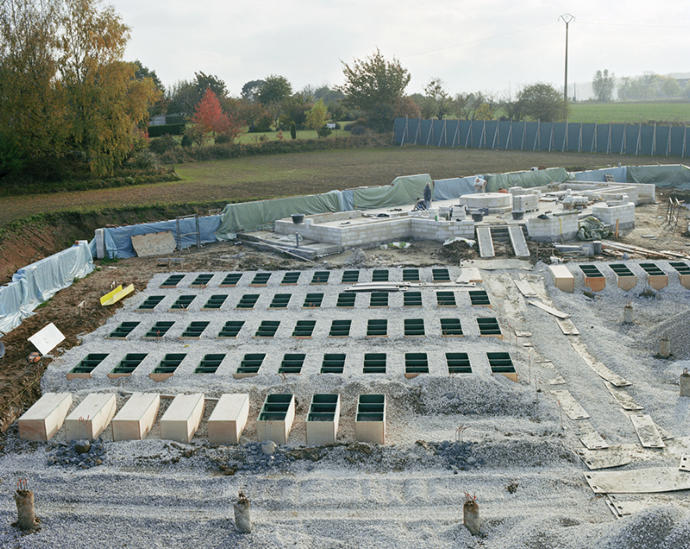
Cemetery construction - wooden sarcophagi are surrounded with limestone aggregate: Fromelles (Pheasant Wood)
Military Cemetery, France, 2009.
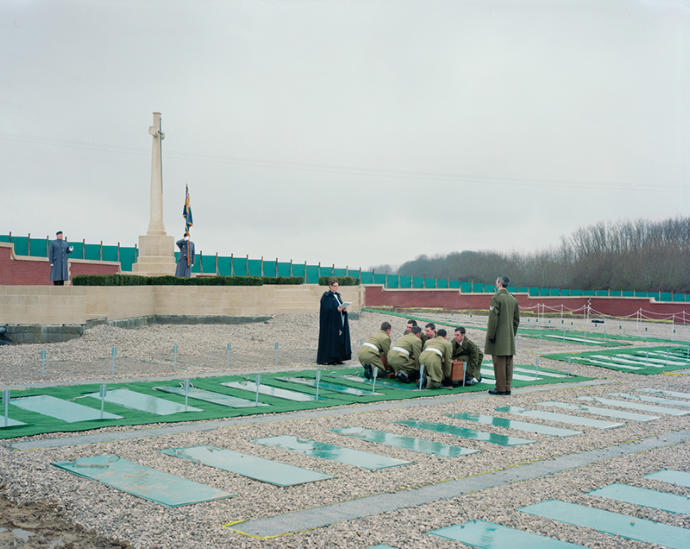
Re-interred; one of two hundred and fifty military funerals: Fromelles (Pheasant Wood) Military Cemetery, France, 2010.
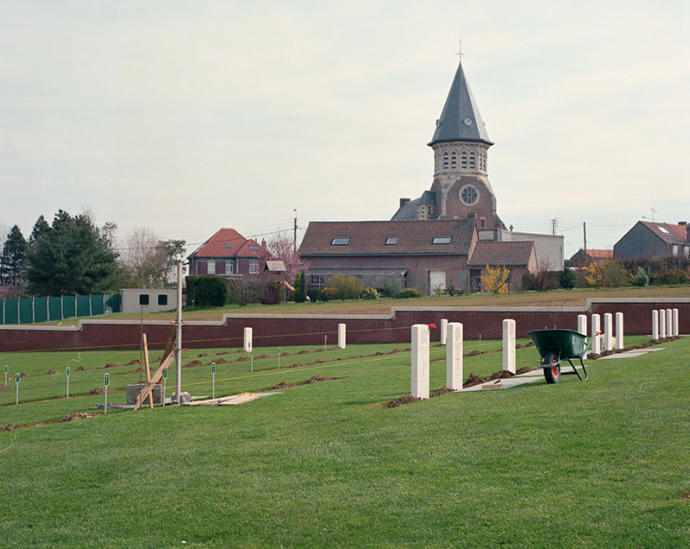
Headstone installation: Fromelles (Pheasant Wood) Military Cemetery, France, 2010.

‘Imagine them moving in one long continuous column, four abreast; as the head of that column reaches the Cenotaph
the last four men would be at Durham. In Canada that column would stretch across the land from Quebec to Ottowa; in
Australia from Melbourne to Canberra; in South Africa from Bloemfontein to Petoria; in New Zealand from Christchurch
to Wellington; in Newfoundland from coast to coast of the Island, and in India from Lahore to Delhi. It would take these
million men eighty-four hours, or three and a half days, to march past the Cenotaph in London.’
Armastice Day Broadcast; quoted by Fabian Ware, 1937
Ledgers listing the names and memorial sites of all WWI Commonwealth War Dead: CWGC archive, Maidenhead,
England, 2014.
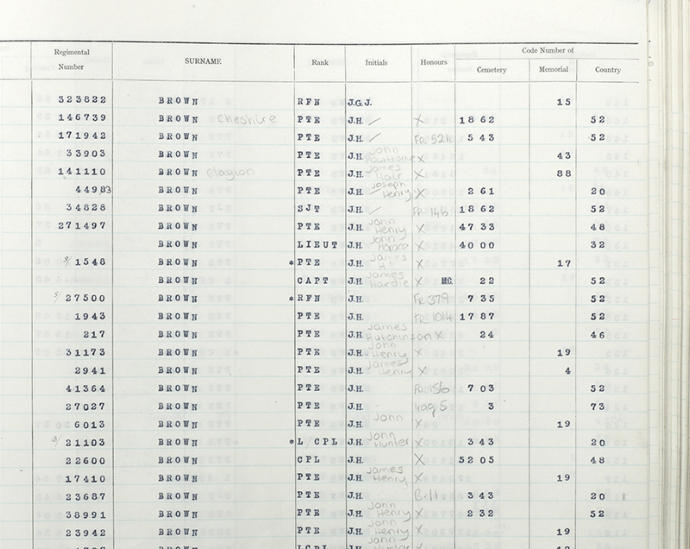
Single page from a ledger listing the names and memorial sites of WWI Commonwealth War Dead: James Hair Brown’s
name is listed on this page. CWGC archive, Maidenhead, England, 2014.
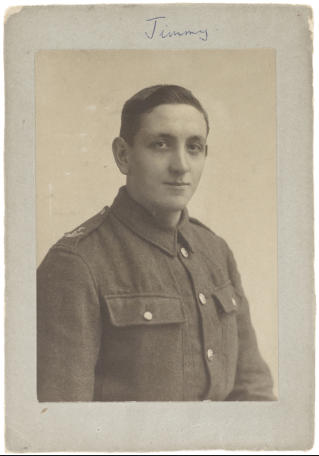
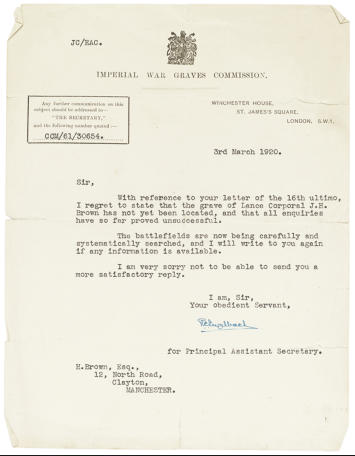
Portrait of James Hair Brown, a WWI soldier and
casualty of war, whose body was never found.
Correspondence, Imperial War Graves Commission to H.
Brown, 03/03/1920.

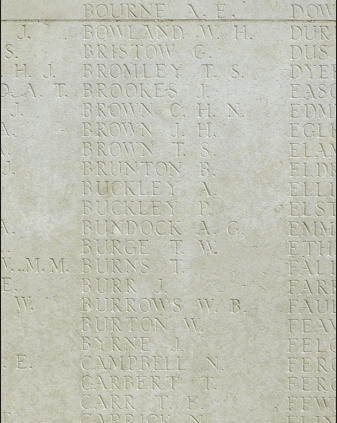
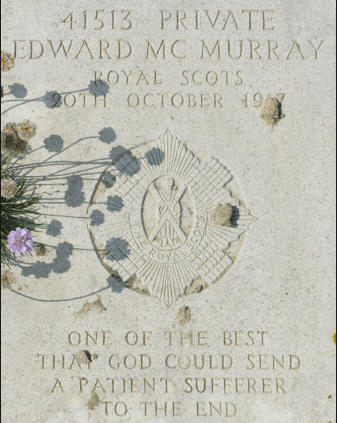
Engraving of James Hair Brown’s name on Pozieres
Memorial Wall: Somme, France, 2012.
WWI Headstone, Edward McMurray: Wimereux
Communal Cemetery, France, 2013.
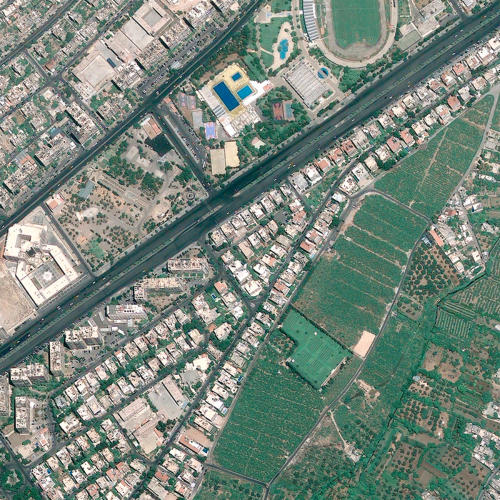
1132 WWI and WWII Casualties Commemorated, Damascus Commonwealth War
Cemetery, Damascus 1939 - 45 Memorial: Syria, 2014.
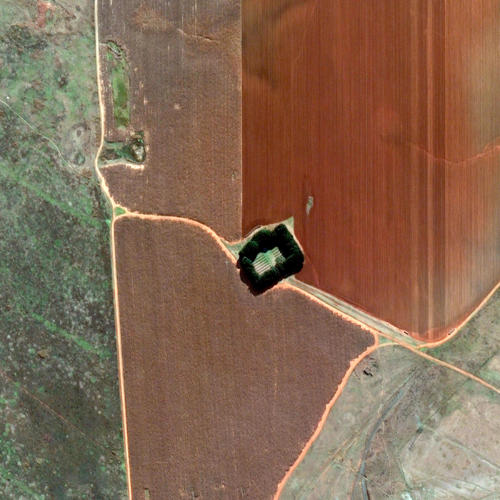
339 WWII Casualties Commemorated, Palmietkuil South War Cemetery: South Africa,
2014.
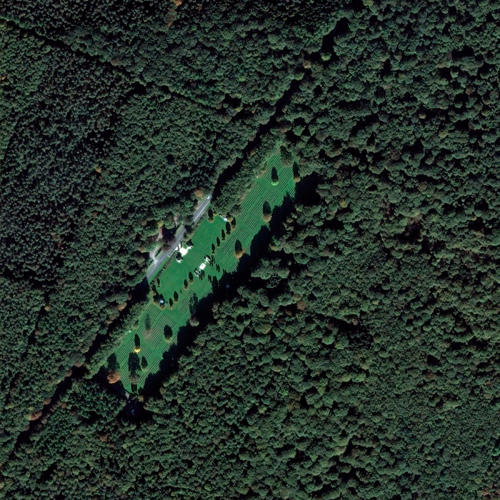
7672 WWII Casualties Commemorated, Reichswald Forest War Cemetery: Germany,
2014.







